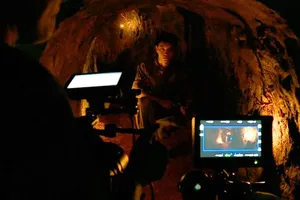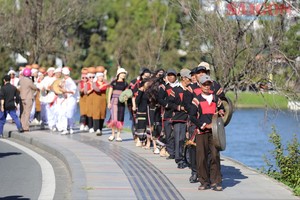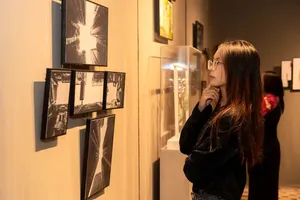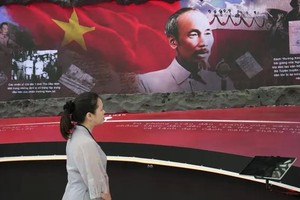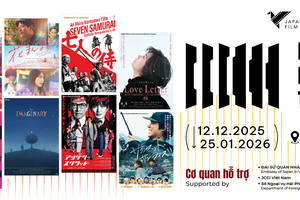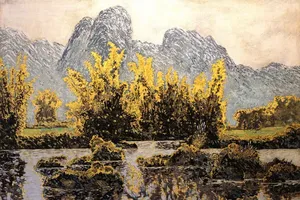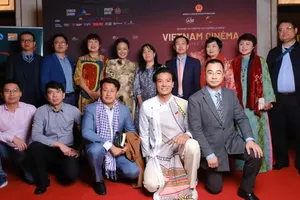UNESCO has recognized the doctoral steles in Hanoi at the Van Mieu-Quoc Tu Giam (Temple of Literature), as ‘Memory of the World’.
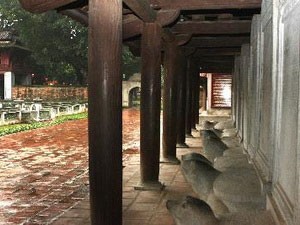
The Stone Stele Records of Royal Examinations of the Le and Mac Dynasties (1442-1779) is amongst the 45 new documented collections from all over the world, endorsed by the Director-General of UNESCO, Irina Bokova on May 26.
“By helping safeguard and share such a varied documented heritage, UNESCO’s Memory of the World Programme reinforces the basis for scholarly work and enjoyment of the creative wealth and diversity of human cultures and societies,” the Director-General said.
238 items covering all types of material and matter, including stone, celluloid, parchment and audio recordings have been listed in “The Memory of the World Register”.
Launched in 1992, UNESCO’s Global Memory of the World Program aims to guard against collective amnesia by preserving valuable archive holdings and library collections all over the world.
The doctoral steles at Van Mieu-Quoc Tu Giam (Temple of Literature) in Hanoi were honored with the title ‘World Documentary Heritage’ by UNESCO last April.
The doctoral steles are considered ‘stone history sets’ of Vietnam’s Confucian education system.
King Le Thanh Tong (1460-1497) ordered the erection of stone steles in 1482 with inscriptions of names and details of the first laureates who undertook the royal examination since its inception in 1442.
Between 1442 and 1779, 124 doctoral examinations were held. Today 82 stone steles exist in Van Mieu – Quoc Tu Giam. The steles are placed on the backs of stone turtle statues, a symbol of immortality. They not only record the names of people who passed doctoral exams during the 300 years of Vietnamese history, but also reflect on life, society, political context and the spirit of past centuries in the country.
They are outstanding in their concept and unique in sculpture and calligraphy.
